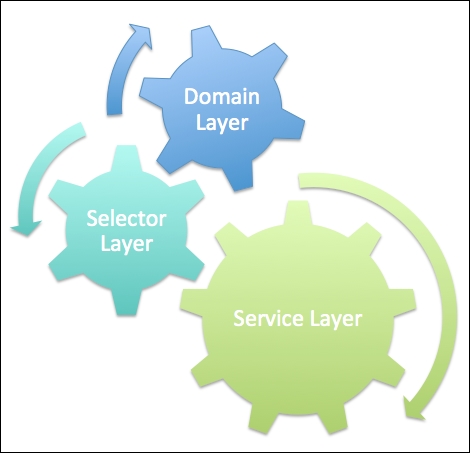- Force.com Enterprise Architecture - Second Edition
- Table of Contents
- Force.com Enterprise Architecture - Second Edition
- Credits
- Foreword
- About the Author
- Acknowledgements
- About the Reviewers
- www.PacktPub.com
- Customer Feedback
- Preface
- 1. Building, Publishing, and Supporting Your Application
- Required organizations
- Introducing the book's sample application
- Package types and benefits
- Creating your first managed package
- Package dependencies and uploading
- Becoming a Salesforce partner and benefits
- Introduction to AppExchange and listings
- Installing and testing your package
- Licensing
- Providing support
- Customer metrics
- Trialforce and Test Drive
- Summary
- 2. Leveraging Platform Features
- Packaging and upgradable components
- Understanding the custom field features
- Understanding the available security features
- Platform APIs
- Localization and translation
- Building customizable user interfaces
- E-mail customization with e-mail templates
- Process Builder, Workflow and Flow
- Social features and mobile
- Summary
- 3. Application Storage
- Mapping out end user storage requirements
- Understanding the different storage types
- Reusing the existing Standard Objects
- Importing and exporting data
- Options for replicating and archiving data
- External data sources
- Summary
- 4. Apex Execution and Separation of Concerns
- 5. Application Service Layer
- 6. Application Domain Layer
- Introducing the Domain layer pattern
- Implementation design guidelines
- Domain class template
- Implementing Domain Trigger logic
- Implementing custom Domain logic
- Object-oriented programming
- Creating a compliance application framework
- An Apex interface example
- Testing the Domain layer
- Calling the Domain layer
- Updating the FormulaForce package
- Summary
- 7. Application Selector Layer
- 8. User Interface
- Which devices should you target?
- Introducing Salesforce Standard UIs and Lightning
- Leveraging the Salesforce standard UIs
- Generating downloadable content
- Generating printable content
- Client server communication
- Managing limits
- Object and field-level security
- Managing performance and response times
- Using the Service layer and database access
- Considerations for using JavaScript libraries
- Custom Publisher Actions
- Creating websites and communities
- Mobile application strategy
- Custom reporting and the Analytics API
- Updating the FormulaForce package
- Summary
- 9. Lightning
- Building a basic Lightning user interface
- Lightning architecture
- FormulaForce Lightning Components
- Making components customizable
- Integrating with Lightning Experience
- Lightning Out and Visualforce
- Integrating with communities
- Testing
- Updating the FormulaForce package
- Summary
- 10. Providing Integration and Extensibility
- Reviewing your integration and extensibility needs
- Force.com platform APIs for integration
- Application integration APIs
- Exposing Lightning Components
- Extending Process Builder and Visualflow
- Alignment with Force.com extensibility features
- Extending the application logic with Apex interfaces
- Summary
- 11. Asynchronous Processing and Big Data Volumes
- 12. Unit Testing
- 13. Source Control and Continuous Integration
- Development workflow and infrastructure
- Developing with Source Control
- Hooking up Continuous Integration
- Releasing from Source Control
- Automated regression testing
- Summary
- Index
The Selector pattern provides a powerful layer of encapsulation for some critical logic in your application. It can help with enforcing best practices around security and provides a more consistent and reliable basis for code dealing with the SObject data.
Selectors can also take on the responsibility and concern for platform features such as Multi-Currency and Field Sets. Ultimately allowing the caller—be that the Service, Domain, or even Apex Controllers, or Batch Apex—to focus on their responsibilities and concerns, this leads to cleaner code which is easier to maintain and evolve.
With the introduction of the Selector factory, we provide a shortcut to access this layer in the form of the Application.Selector.selectById and Application.Selector.newInstance methods, opening up potential for more dynamic scenarios such as the compliance framework highlighted in the last chapter.
I'd like to close this set of chapters with a simple but expressive diagram that shows how the Service layer code turns with the help of the Domain and Selector layers. These three patterns on Force.com help add value to the developer through consistency and also support best practices around bulkification and code reuse.

While this is the last chapter focusing on a Force.com implementation of Martin Fowler's Enterprise Application Architecture patterns, we will revisit the role of the Selector in a later chapter and focus on Batch Apex as well as continuing to leverage our Service layer in later chapters that discuss the application integration.
-
No Comment
